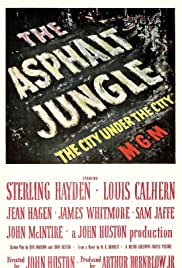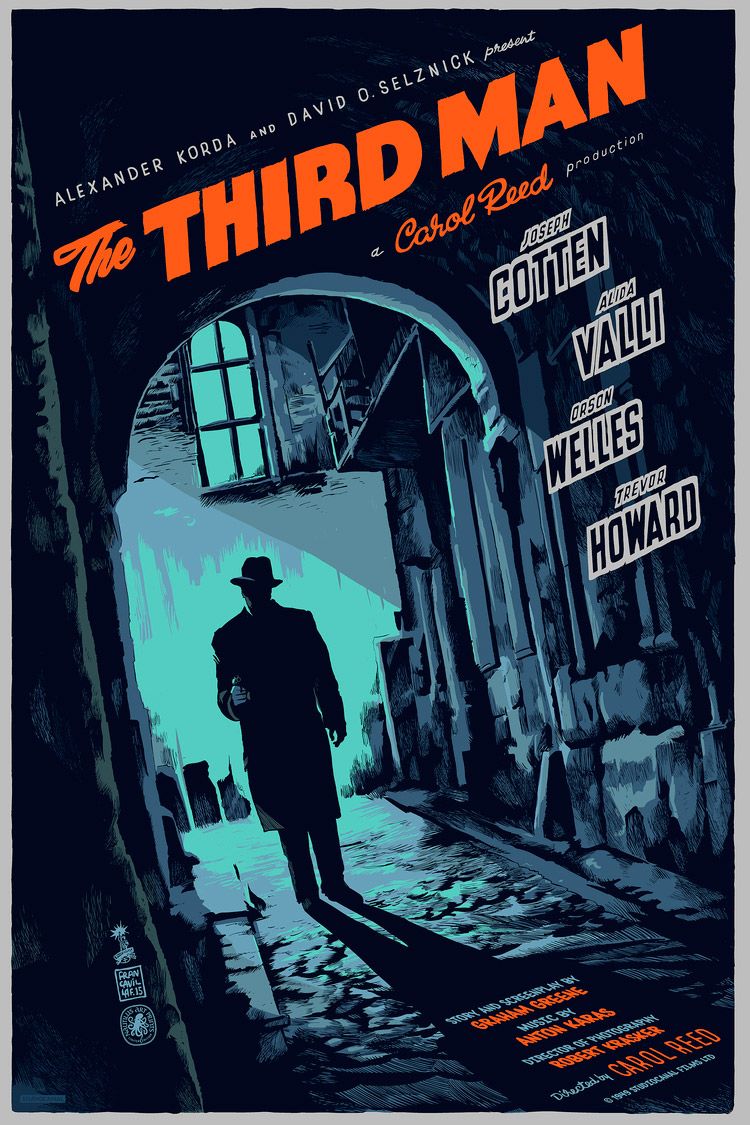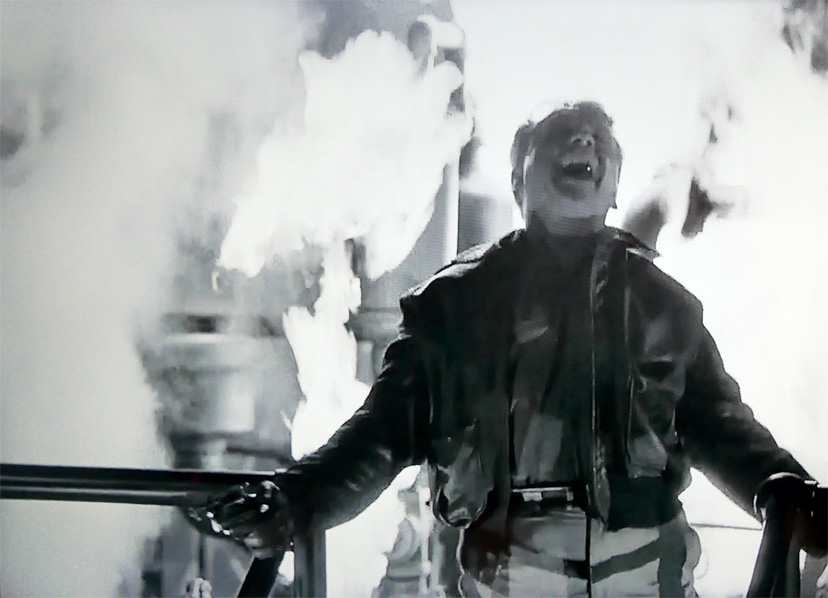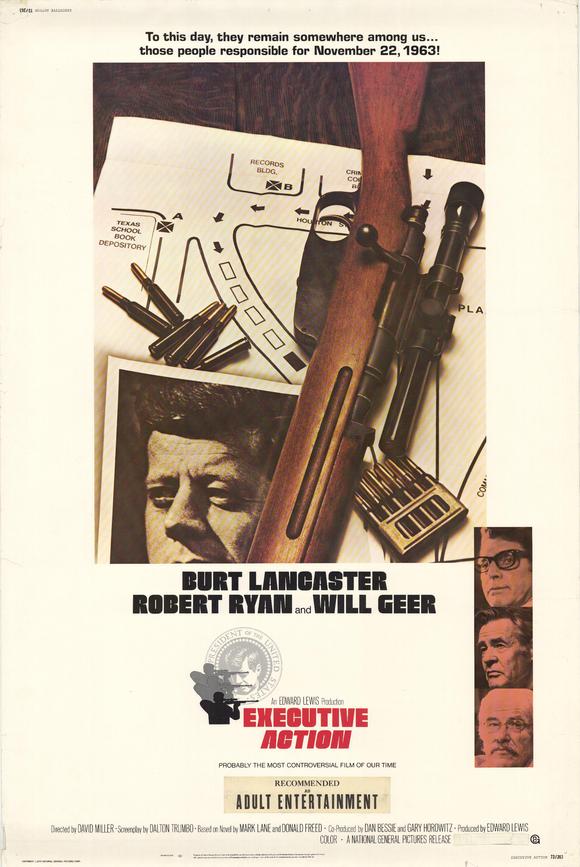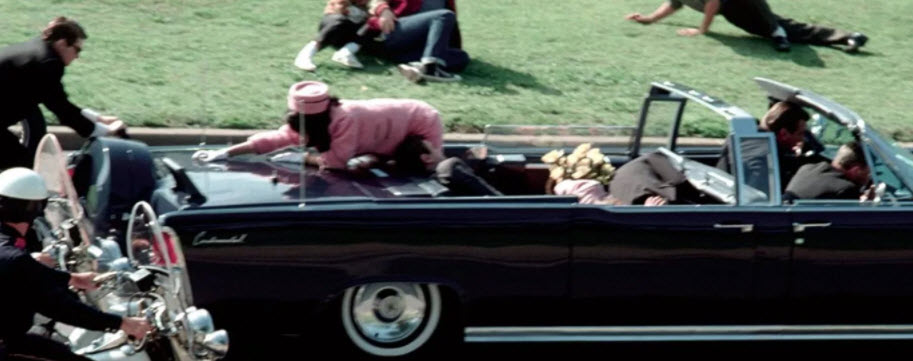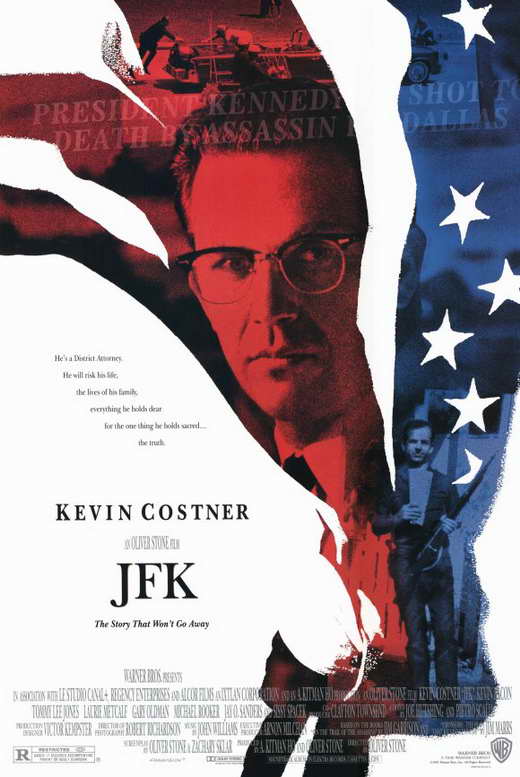Before I watched it, all I knew about Seven Brides for Seven Brothers was that it was a musical (in fact, I thought it was originally a Broadway play). In my mind, the action took place in a Jewish New York neighborhood, for some reason. Imagine my surprise when it opened… it’s a Western!

As a 1950s musical, it’s pretty much innocuous all the way through. Bright colors and songs about love, combined with a few comic misunderstandings. It’s a film that, as it entertains you, also lulls you into a false sense that you’re not going to witness anything more than some virtuoso acrobatic dancing and perfectly normal musical comedy.
And then the six unmarried brothers decide to kidnap six unmarried girls and marry them. Now, this is softened by the fact that the girls actually ARE interested the brothers.
What, one might ask, is the rationale behind this insane bit of caveman-like behavior? Well, apparently, the book the film is based on was inspired by the rape of the Sabine women.
Who the hell writes a COMEDY based on the rape of the Sabine women (well, other than the Romans, of course…)?
Modern audiences will likely be either offended or amused by the whole thing. For my own part, I’m never offended by stuff that happened before I was born, but I still found it jaw-dropping. Sure, the fifties were a different time, but I never thought they were THAT different. Weirdly, no reviewers found anything unusual about a bunch of lumbering redheaded farmers abducting a huge number of women.
Of course, abduction is as far as things go, and the film ends on a happy note with a half-dozen shotgun marriages in which everyone is delighted to get hitched.
One of the hight notes for me is that Julie Newmar, the best Catwoman ever, by a huge margin, is one of the brides. To be honest, I didn’t recognize her… but then again, the bride characters are a lot less memorable than Catwoman.

Starting with Newmar who is still with us, this film featured quite a long-lived cast. Russ Tamblyn, Ruta Lee and Jane Powell are also up and about, and we take this moment to thank them for an enjoyable (if strange) film on the extremely slim chance they might be reading.
I still think Johnny Guitar is weirder… but it’s a close-run thing. I guess, like the noir formula before it, by 1954 Hollywood was running out of fresh ideas for Westerns and were really stretching it to stay surprising. And if surprise was the idea, they succeeded here…
Gustavo Bondoni is a novelist and short story writer whose own work is A) almost never set in the old west and B) absolutely never set to music. However, it is often unusual, sometimes downright weird, and collected in a book entitled Off the Beaten Path, which you can check out here.




